How this IT services company deployed its digital transition strategy
“HackerEarth has been a great partner to HCL from supporting us in onboarding our key customers to executing a first-in class hackathon at the “Theatre of Dreams”, Old Trafford. They have helped us at every stage of this journey.”
Apurva Chamaria | VP & Head, Corporate Marketing | HCL Technologies

About HCL
IOT, Cloud, cybersecurity, analytics, etc.—while these segments are still hot, the world has moved on to the next generation of technologies such as AI, AR/VR, blockchain, and automation, and so have the companies who have embraced digital transformation. They are constantly on the lookout for new business opportunities that can be leveraged.
It is vital that an IT services company exhibits its strength in these next-gen technologies to its clients to win new businesses. This is especially important when the segment is still unexplored to its fullest and when they do not have hundreds of successful projects under their belt like HCL does for tried and tested technologies.
This is a story of how HCL demonstrated its competence in next-gen technologies by crowdsourcing innovative business solutions for the clients.
What’s HCL's story?
HCL is one of the Global 2000 public companies which as of FY 2017 had paid out a dividend to its shareholders for a consecutive 57th quarter.
With a turnover of $6.9 billion, HCL provides IT services and solutions for infrastructure, engineering, R&D, and application among others. With more than 117,000+ employees and offices in 34 countries, HCL believes in delivering innovative technology solutions that provide value to its clients.
It is also the official digital transformation partner of Manchester United.
Innovation at HCL
HCL has a strong innovation culture embedded in the organization. The company has a systematic process through which it generates ideas and solutions for critical business challenges from its employees.
The best ideas are then taken forward and the company acknowledges and celebrates employee-led innovation. To date, the company has reaped $2.7 billion from 66,000+ ideas crowdsourced from 32,000+ employees.
The new innovation initiative
Having been a pioneer in this field for over 40 years, HCL is renowned for foundation IT services, which include infrastructure, engineering, applications, etc. However, this time the objective was different.
HCL has been investing heavily in a set of next-generation technology services and offerings, namely Artificial Intelligence (AI), Augmented Reality (AR), Virtual Reality, Blockchain, and automation, which it refers to as Mode-2 technologies, and this time, HCL wanted to position itself as an able service provider in this segment and exhibit its competency to clients.
What better way to display your competence than a fine demonstration? HCL’s strategy was to develop innovative Mode-2 technology solutions for its clients’ business problems by crowdsourcing through a hackathon-based open innovation challenge.
Goal
- Position HCL in the Mode-2 light
- Support its customers and solve their business problems through open innovation
- Talent recruitment (HCL & customers)
Long-term goals
- Business influence/intervention through meetings between the HCL sales team and key customers at the hackathon
- Build strong relationships with its customers and develop business opportunities in Mode-2 Technologies
- Develop the #UnitedbyHCL Hackathon into a premium property which will have massive traction in the following years.
Challenges
- A sophisticated platform that could support this massive innovation and collaboration effort
- Access to the developer community
Solution: HackerEarth Sprint
HackerEarth Sprint is an innovation management platform that enables open-innovation through hackathon-based innovation campaigns.
HCL leveraged HackerEarth’s 1.5 Million+ global developer community to crowdsource ideas and solutions for its clients.
The company was able to launch the challenge globally, invite developers, manage submissions, shortlist the ideas, assign judges, and evaluate the submissions using Sprint’s comprehensive dashboard.
Focus areas of the innovation campaign
HCL believes that the following technologies have the potential to disrupt the industry. Hence, these were the themes of the hackathon.
Open Innovation
Artificial Intelligence
Automation
Augmented Reality
Virtual Reality
Blockchain
User Interface
User Expeirence
HCL’s clients/ Campaign partners


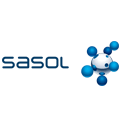


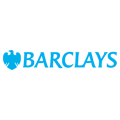











Mapping technology to its clients’ business problems
- Identify clients’ business problems
- Leverage the global developer community to solve business problems using Mode-2 technologies
- Initiate new business conversations with clients to develop and scale the business solutions
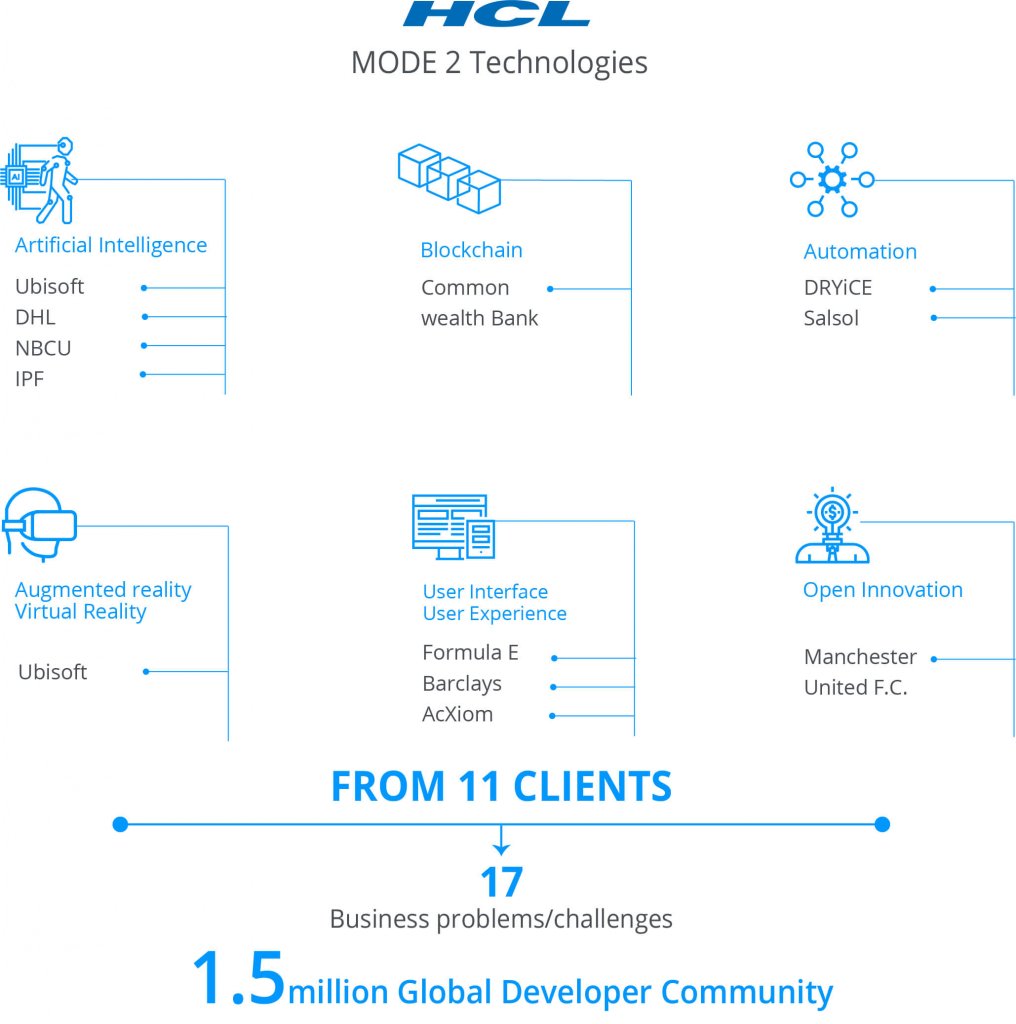
The innovation campaign
HCL conducted a 3-phase hackathon-based innovation campaign.
Phase 1: Idea submission [online]
Phase 2: Prototype submission [online]
Phase 3: Onsite hackathon at Old Trafford
“We witnessed fifth generation technology prototypes of the highest order.”
Apurva Chamaria | VP & Head,
Corporate Marketing | HCL Technologies
What was the outcome?
- HCL and its customers are already connected to various developer teams and are exploring future opportunities
- HCL is also exploring the possibility of recruiting talented developers who participated in this hackathon
13,500+ developers
2,770+ teams
299 protypes built
4 winners
The ideas that dazzled the judges
Barclays Eye
An adaptive UX to guide visually impaired users to a Barclays ATM and branch
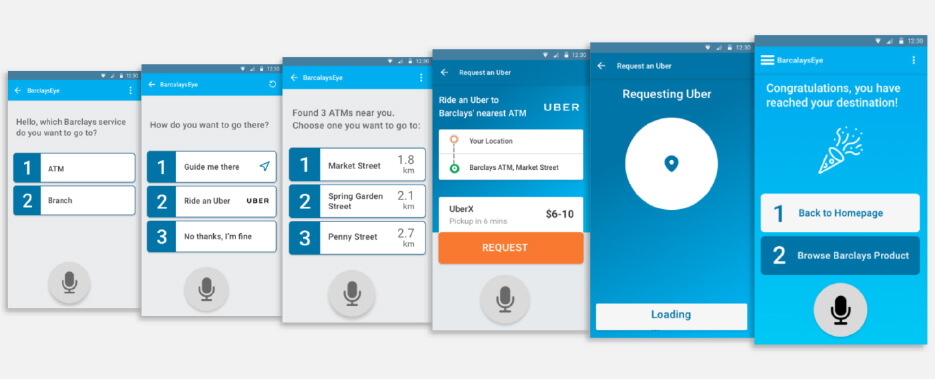
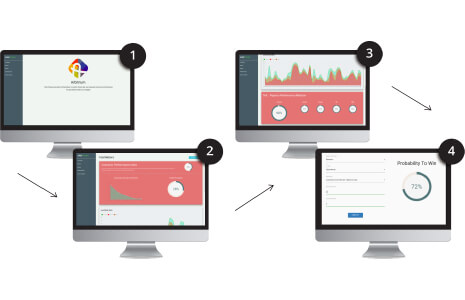
Arbitrium
The aim of this project was to provide predictive model from day-to-day operations and client engagement data to provide insights on customer satisfaction and predict the probability of renewals and repeat business.
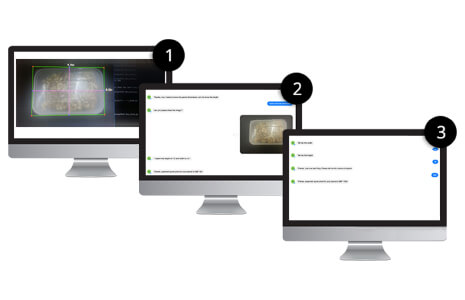
Code Cube
The prototype integrates DHL’s services with popular chatbots and other voice-based services such as Alexa and Google Home. It also introduces a new way of estimating the shipping cost by measuring the height, width, and length of a package by clicking the image of the package.


